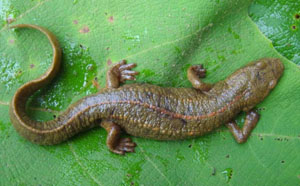
Paramesotriton wulingensis
Paramesotriton wulingensis
The Youyang population and Jiangkou population of the new species of Wuling ···
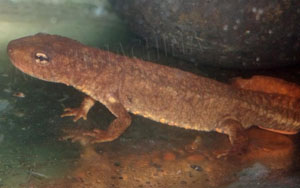
Paramesotriton yunwuensis
Paramesotriton yunwuensis
The cloud newt lives in ponds of various sizes in mountain streams, at an al···
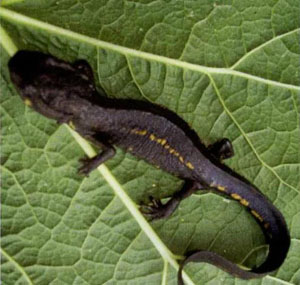
Paramesotriton zhijinensis
Paramesotriton zhijinensis
Zhijin newt is a new species named by Li Song, Zhao Haitao and others based ···
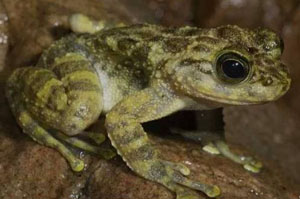
ANURA、Ranidae
ANURA、Ranidae
The Hainan torrent frog is an amphibian of the Anura order, Ranidae family, ···
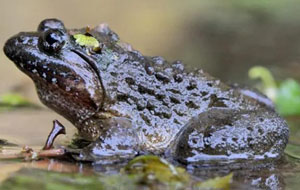
Glandirana minima
Glandirana minima,Little Gland Frog,Rana minimus
The small glandular frog is an amphibian of the family Ranidae, living in sm···
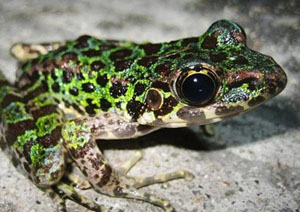
Odorrana wuchuanensis
Odorrana wuchuanensis,Tadant
The stinking frog is a general term for frogs of the genus Rhacophoridae of ···
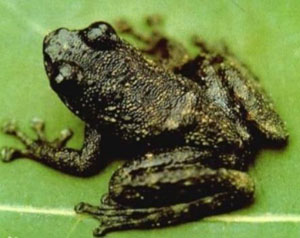
Hong Kong Turbulent Frog
Hong Kong torrent frog is endemic to China. The ecological environment quali···
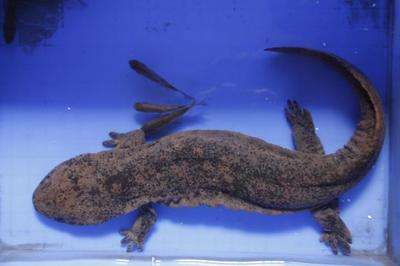
Andrias davidianus
Chinese giant salamander, Chinese baby fish, giant salamander
You may not know much about the Chinese giant salamander, but you must have ···
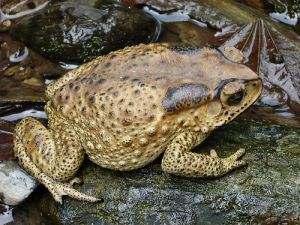
Duttaphrynus melanostictus
black-rimmed toad, toad, clam
In 2006, the phylogenetic study of amphibians readjusted the original genus ···
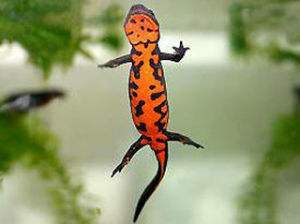
Cynops orientalis
Oriental Salamander, Chinese Fire Dragon, Brazilian Fire Dragon
The appearance of the Oriental Salamander is similar to that of the Blue-tai···
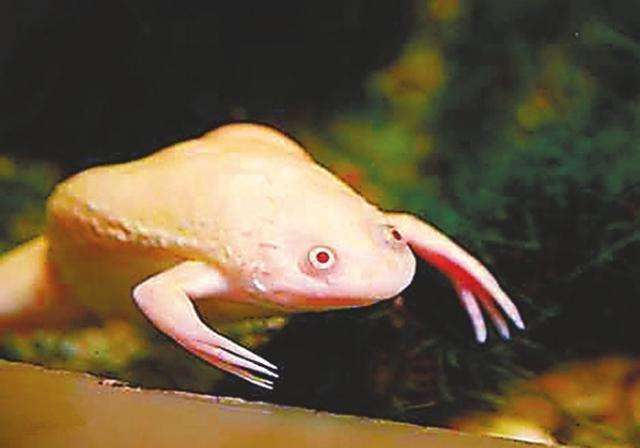
Xenopus laevis
African clawed frog, smooth clawed frog, African clawed frog
The African clawed frog is an aquatic frog in South Africa and an important ···
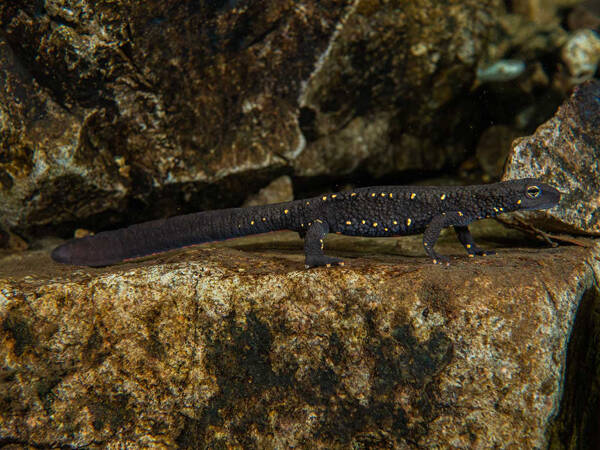
Paramesotriton aurantius
Paramesotriton aurantius
The orange-backed newt is an amphibian of the family Salamandridae and the g···
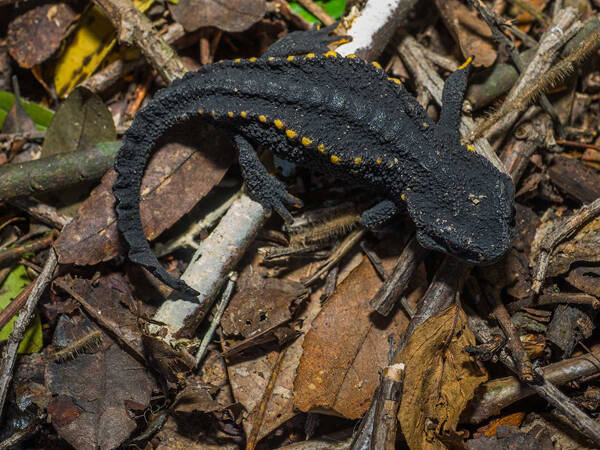
Echinotriton maxiquadratus
Echinotriton maxiquadratus
The alpine Acanthus salamander is an amphibian of the family Salamandridae a···
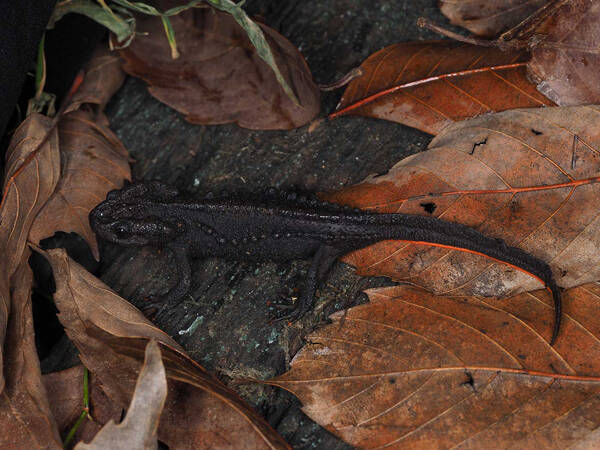
Yaotriton ziegleri
Yaotriton ziegleri
Cai's Yaoteng is an amphibian of the family Salamandridae and genus Yaot···
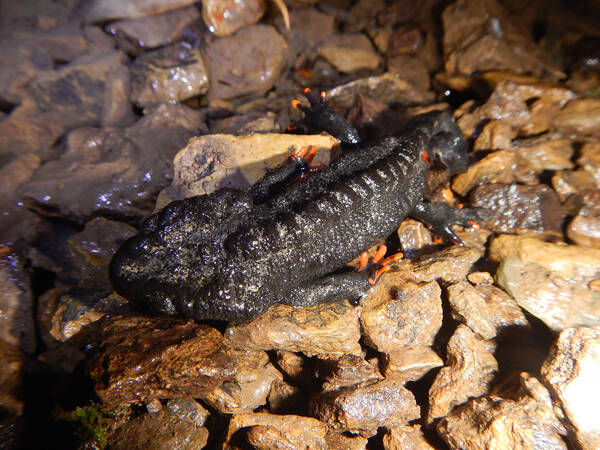
Yaotriton wenxianensis
Yaotriton wenxianensis,
Wenxian Yaoteng is an amphibian of the family Salamandridae and genus Yaoten···
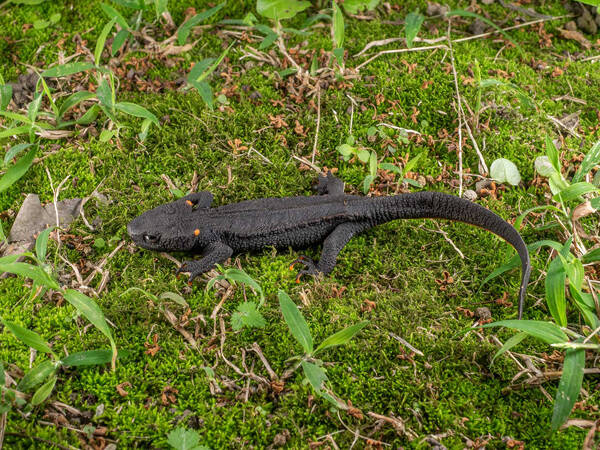
Yaotriton lizhenchangi
Yaotriton lizhenchangi
The Mangshan Yaoteng is an amphibian of the family Salamandridae and the gen···
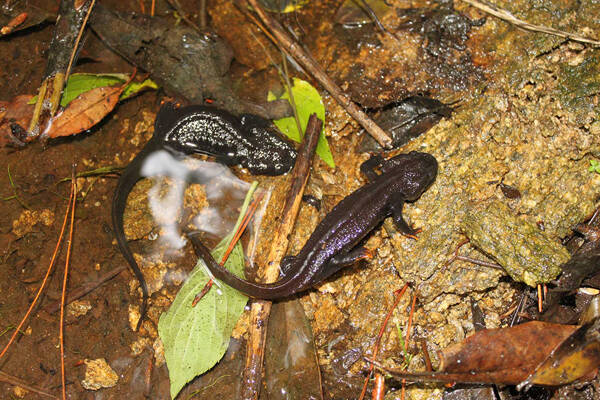
Yaotriton liuyangensis
Yaotriton liuyangensis
Liuyang Yaozhi is an amphibian of the family Salamandridae and genus Yaozhi.···
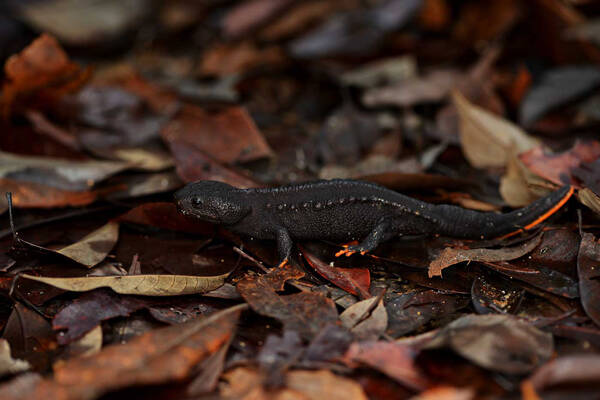
Yaotriton hainanensis
Yaotriton hainanensis
Hainan Yaoteng is an amphibian of the family Salamandridae and the genus Yao···
